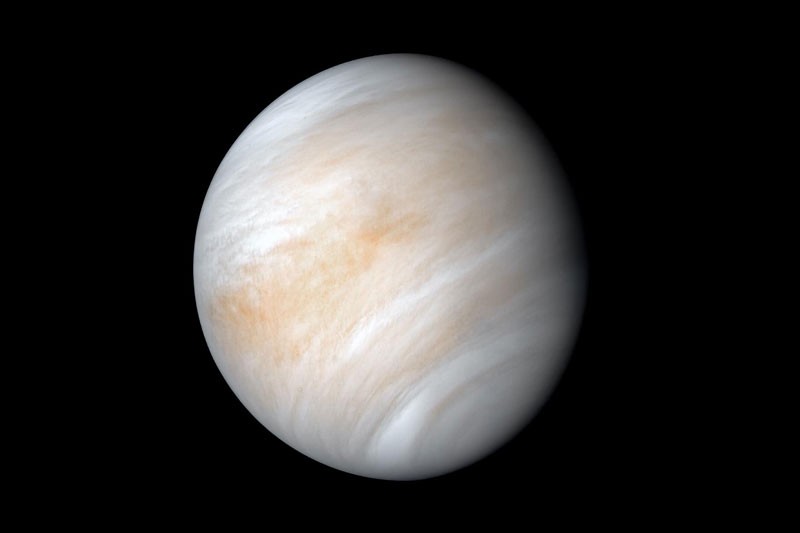
A team of U.S. astronomers have created the Pan-STARRS1 Source Types and Redshifts with Machine Learning (PS1-STRM), the world’s largest three-dimensional astronomical catalog.

A team of researchers claims they've discovered the amino acid glycine in Venus' atmosphere. There are about 500 known amino acids, but only 20 are present in the genetic code. Glycine is the simplest of them.

A SpaceX Falcon 9 rocket fired 60 more Starlink internet relay satellites into orbit Sunday from the Kennedy Space Center with another set awaiting launch Wednesday from the nearby Cape Canaveral Air Force Station.

Astronomers have found six galaxies lying around a supermassive black hole when the Universe was less than a billion years old. This is the first time such a close grouping has been seen so soon after the Big Bang.

It looks like we may have to update our theories on how stars and planets form in new solar systems. According to a new study, it looks like planets and stars can form and grow up together.

Almost all the objects orbiting the sun live in a particular plane. But a recent analysis of long-period comets reveals a second plane and it may be populated with comets.

The researchers' new concept demonstrates an unprecedented receiver sensitivity of just one photon-per-information bit at a data rate of 10 gigabits per second.

Comet 67P/Churyumov-Gerasimenko has its own far-ultraviolet aurora, data reveal. It is the first time such electromagnetic emissions in the far-ultraviolet have been documented on an object other than a planet or moon.

U.S. scientists have precisely measured the total amount of matter making up the cosmos, concluding that dark energy accounts for 69 % of the total mass-energy budget with normal and dark matter being 31.5 %.

The ESA’s CHEOPS (Characterizing Exoplanets Satellite) mission has announced its first discovery. It’s called WASP-189 b, and it’s a blistering hot temperature of 3,200 °C. They’re calling the planet an “ultra-hot Jupiter.”

Once a star left the gravitational embrace of its solar system, its pretty much destined to drift through interstellar space forever. Astronomers call these drifters “rogue planets” and one of them have been found recently.

Sonification is the process that translates data into sound, and a new project brings the center of the Milky Way to listeners for the first time. Users can listen to data from this region, roughly 400 light years across.

Astronomers have discovered what appears to be an intact, Jupiter-size planet ( WD 1856 b ) whipping around a compact white dwarf, the remnant of a Sun-like star.

Researchers have found an Earth-size exoplanet with a pi-like 3.14-day period. Whirling around its star at some 291,000 kph, the planet’s surface temperature is estimated at around 176 degrees Celsius.

The sun goes through a regular 11-year cycle, swinging between periods of dormancy and periods of activity. Scientists have just announced that the sun will be ramping up in activity over the next few years.